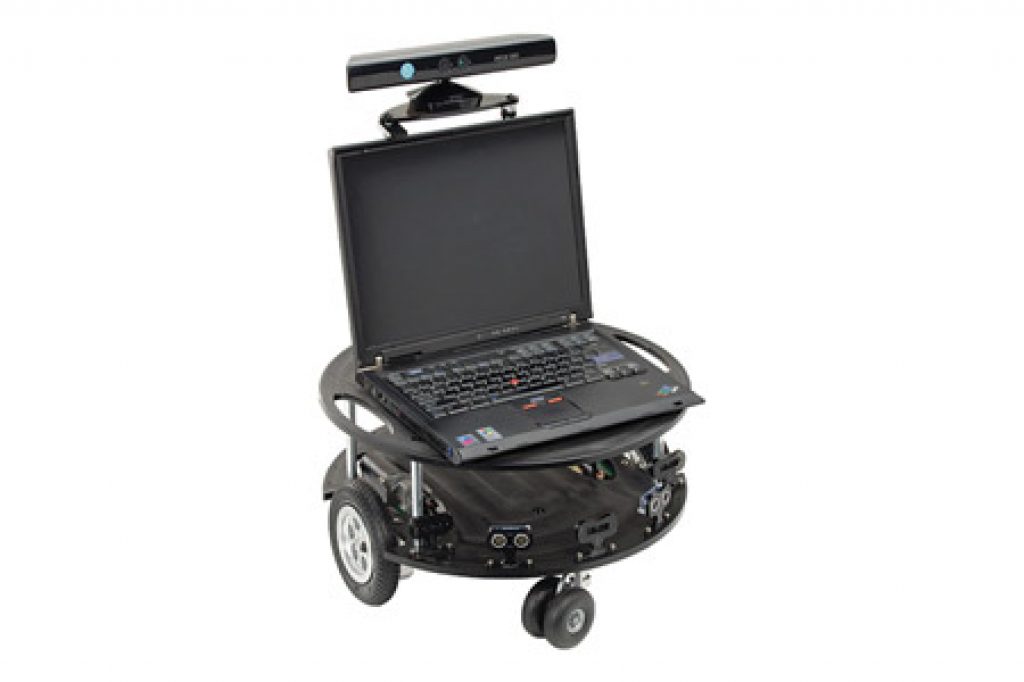Back in early August on this site, as well as a few weeks later in BDTI's monthly email newsletter, I mentioned that Microsoft had recently made two notable embedded vision announcements:
- Releasing the Kinect SDK for Windows Beta in mid-June, followed by
- Unveiling the Kinect Services suite for Robotics Developer Studio 2008 R3 in mid-July
Thanks to IEEE Spectrum (followed by TechCrunch), I now know (and can therefore pass along to you) that two weeks ago, Microsoft subsequently announced the beta version of Microsoft Robotics Developer Studio 4. First and foremost, enhanced Kinect services support is now fully integrated. Here's what Stathis Papaefstathiou, General Manager of Microsoft Robotics, says:
You will be able to use the CCR/DSS programming model to access all of the Kinect for Windows SDK functionality. This unlocks a whole new world around Human Robot Interaction (HRI) with the use of skeleton tracking and speech. But we are also making available the raw sensor stream for your use in building additional capabilities such as navigation algorithms. As a matter of fact, we are shipping an obstacle avoidance service that fuses the Kinect input with the other proximity sensors to demonstrate how the sensor array can be used to intelligently perform directional based navigation.
Microsoft has also defined "a Kinect-based hardware reference platform that can help in the delivery of an affordable and capable robot that will be able to support technologies and scenarios for the consumer audience." The first fruits of this specification is EDDIE, a kit available for pre-order for $1,200 from Parallax. Note that neither the laptop nor the Kinect is included in the price tag. And to that point, note too that strictly speaking this isn't an embedded vision implementation, since a full-blown computer is in the hardware mix. However, it's still an effective prototype for a more cost-optimized x86-based production hardware platform that could follow.
Thirdly, Microsoft has added Silverlight capabilities to the programming model, in the hopes of attracting a new and larger group of coders to the robotics community. And finally, the company announced its first Robots @ Home Contest. Software idea proposals should align with one of the following categories:
- Consumer usage scenarios
- Human Robot Interaction, and
- Autonomous Navigation
And the winner gets a $10,000 prize. Entries are due by November 30, so don't delay!


